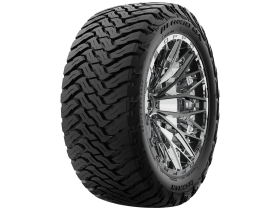Businesses have so many different economic worries these days. Gone are the times when you could count on low interest rates and increasing consumer demand to automatically help bring in higher profits. World events have disrupted economies and intense changes in market conditions are the norm now. On top of wrestling with soaring inflation and uncertain supply chains, companies have also had to scramble to find employees. It’s not been an easy time to generate the profits needed to assure your business continues to grow.
Within companies, one of the hardest areas to manage has been the vehicle fleet. The nationwide shortage of personnel in the trucking industry has been especially severe, and the pressure to raise wages intense. Fulfilling customer orders and getting items delivered on time has also been adversely affected due to supply chain disruptions. If that were not enough, the end of the pandemic also saw soaring fuel prices and new vehicle shortages added to the mix. Luckily, there are key steps you can take to improve your fleet management and performance.
Get Critical Engine Hour Data
Engine hour data can give a fleet manager an important window into the wear and tear on all of the vehicles in their fleet. Unlike simply looking at miles or service intervals, engine data even tracks the time when a car, van or truck is stationary. When they actively track engine hour data, the fleet manager can ensure that they always set up the necessary preventive maintenance in a timely manner. They can also use this information to bill their equipment out accurately based on engine hours.
Use GPS Tracking to Optimize Routes and Lower Fuel Consumption
By installing GPS tracking across your vehicle fleet, you help encourage better driving habits and discourage speeding. The GPS devices can accurately track the exact vehicle locations and movements on a real-time operating basis. The fuel cost savings can be substantial as driver speeds are trimmed. You can also use the data to optimize routes, resulting in decreases in both fuel consumption and overall mileage and driving time. Fine-tuning the delivery routes will also help you improve delivery times, resulting in higher levels of customer satisfaction and increased revenues from repeat buyers.
Improve Training for Drivers
There are several keyways that improved driver education beyond first time driver tips that can help lower your fleet management costs. First, you’ll find that training drivers in the best driving habits can help make a big difference in your company’s overall fuel costs. Eliminating behaviors such as rapid braking, driving too fast, overly fast acceleration and aggressive road activity can greatly improve incremental fuel efficiency. It’s also very important to implement programs on driver safety.
Safe driving dramatically decreases the rate of truck accidents, which can be incredibly costly both in terms of money and lost equipment and driver time. In addition to the savings in reduced claims and payouts, you’ll also see lower insurance premiums. If your company has an excellent driver safety record, you’ll also be able to shop your policies across multiple insurers that would be eager to do business with your company.







